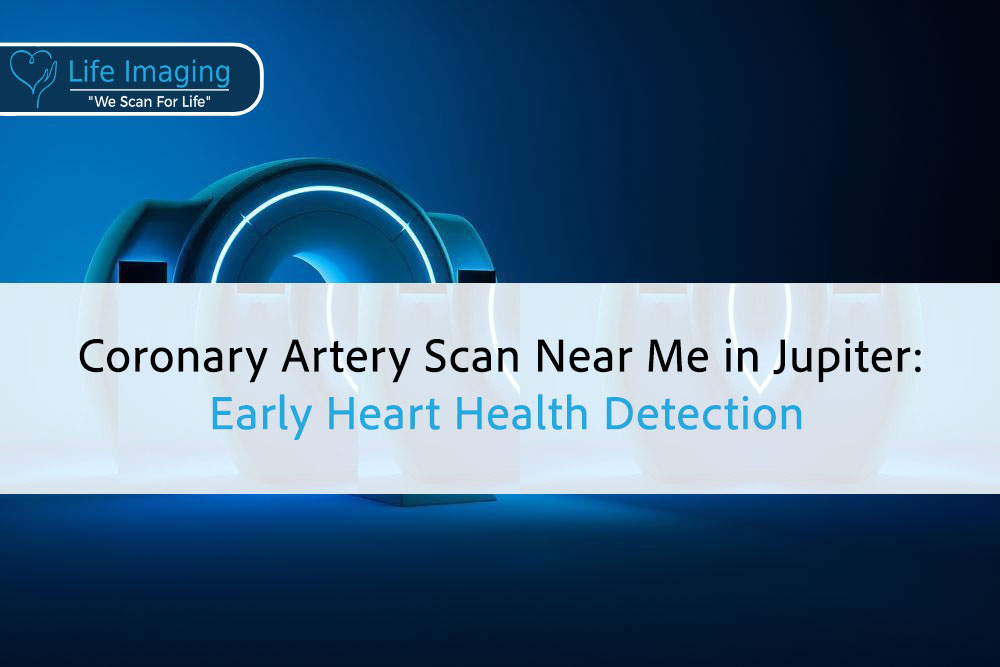
Coronary Artery Scan Near Me in Jupiter: Early Heart Health Detection
Introduction Your heart works hard every second of the day,

Stomach cancer, also known as gastric cancer, is a serious health condition that affects thousands of people each year. Early detection is crucial for effective treatment and improved survival rates. Unfortunately, stomach cancer often doesn’t show symptoms until it has progressed to advanced stages, making early diagnosis challenging. However, advancements in medical imaging and screening techniques have made it possible to detect stomach cancer at its earliest stages, providing patients with better treatment options and outcomes.
Life Imaging Fla specializes in the early detection of heart disease and cancer, offering state-of-the-art imaging services that can identify stomach cancer before it becomes symptomatic. Utilizing advanced technologies, Life Imaging Fla is committed to helping patients and healthcare providers catch stomach cancer early, when it is most treatable.
In this article, we will explore various early detection methods for stomach cancer, emphasizing the importance of regular screening and imaging. We will discuss the different types of imaging techniques used, such as endoscopy, CT scans, and PET scans, and how they contribute to early diagnosis. Additionally, we will cover the role of biomarkers, genetic testing, and other modern methods in the early detection process.
Understanding the significance of early detection and the technologies available can make a life-changing difference for those at risk of stomach cancer. By the end of this article, you will be well-informed about the latest early detection methods and how Life Imaging Fla can support you in maintaining your health.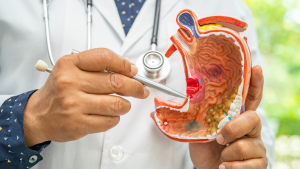
Early detection of stomach cancer is vital for effective treatment and improved survival rates. Several methods can help identify stomach cancer at an early stage, ranging from traditional imaging techniques to advanced molecular tests.
Endoscopy is one of the primary methods for detecting stomach cancer early. During an endoscopy, a thin, flexible tube with a camera (endoscope) is inserted through the mouth and into the stomach. The camera allows doctors to visually inspect the stomach lining for any abnormalities.
– Endoscopic Ultrasonography (EUS): This combines endoscopy with ultrasound to get more detailed pictures of the stomach wall and nearby tissues. EUS can also help determine the cancer’s stage if detected.
– Biopsy: If the endoscopy reveals suspicious areas, the doctor can take tissue samples (biopsies) for further examination. A biopsy is the most definitive way to diagnose stomach cancer, as it allows for laboratory analysis of cells.
Advanced imaging techniques play a significant role in the early detection of stomach cancer. These methods allow for the visualization of internal organs and tissues.
– Computed Tomography (CT) Scan: A CT scan uses X-rays to create detailed cross-sectional images of the body. It can show the size, shape, and location of any tumors in the stomach, as well as whether cancer has spread to other areas.
– Positron Emission Tomography (PET) Scan: A PET scan involves injecting a small amount of radioactive sugar into the body. Cancer cells consume more sugar than normal cells, so they appear brighter on the scan. This technique can help detect cancer spread and assess the effectiveness of treatment.
– Magnetic Resonance Imaging (MRI): MRI uses strong magnets and radio waves to produce detailed images of the body. It is especially useful for evaluating soft tissues and can help detect stomach cancer without exposing the patient to radiation.
Blood tests play a complementary role in the early detection of stomach cancer. While they cannot diagnose cancer on their own, they can provide valuable clues.
– Tumor Markers: Certain proteins, called tumor markers, are often present at higher levels in individuals with stomach cancer. Examples include carcinoembryonic antigen (CEA) and cancer antigen 19-9 (CA 19-9). Elevated levels of these markers can prompt further diagnostic testing.
– Helicobacter Pylori Testing: Chronic infection with Helicobacter pylori bacteria is a significant risk factor for stomach cancer. Blood, stool, or breath tests can detect this infection, indicating the need for further examination.
Regular blood tests can monitor these markers, helping in the early detection of potential cancer developments.
Genetic testing can identify individuals at higher risk for stomach cancer due to inherited genetic mutations. Knowing your genetic risk can help you and your healthcare provider decide on a proactive screening plan.
Several genetic syndromes increase the risk of stomach cancer. These include:
– Hereditary Diffuse Gastric Cancer (HDGC): Caused by mutations in the CDH1 gene, this syndrome significantly increases the risk of stomach cancer and other cancers.
– Lynch Syndrome: Also known as hereditary non-polyposis colorectal cancer (HNPCC), this syndrome increases the risk of several cancers, including stomach cancer.
– Familial Adenomatous Polyposis (FAP): Caused by mutations in the APC gene, FAP increases the risk of colorectal and other cancers, including stomach cancer.
If you have a family history of these syndromes, genetic counseling and testing can help determine your risk.
PCR testing is a molecular technique used to detect genetic mutations associated with stomach cancer. This method amplifies DNA sequences, making it easier to identify specific genetic alterations.
– Detection of Mutations: PCR can detect mutations in genes like CDH1, providing information about your risk and guiding personalized screening strategies.
– Monitoring Treatment Response: PCR can also track changes in genetic markers during treatment, helping to assess the effectiveness of therapy and adjust it as needed.
Genetic testing and PCR enhance early detection efforts, offering tailored screening and intervention strategies for those at increased risk.
Endoscopic Techniques for Stomach Cancer Detection
Endoscopic techniques provide a direct way to visualize the stomach lining and identify any suspicious areas that might indicate cancer. Two primary endoscopic techniques used for early detection of stomach cancer are chromoendoscopy and narrow-band imaging.
Chromoendoscopy involves applying special dyes or stains to the lining of the stomach during an endoscopy. These dyes enhance the visualization of abnormal areas, making it easier for doctors to detect early cancerous changes that might be missed with regular endoscopy.
– Types of Dyes: Commonly used dyes include Lugol’s iodine, which stains normal cells, and methylene blue, which highlights abnormal cells.
– Enhanced Visualization: By improving the contrast between normal and abnormal tissues, chromoendoscopy helps identify small lesions or early-stage cancers that might otherwise be overlooked.
This technique is particularly useful in detecting early gastric cancers and precancerous conditions.
Narrow-Band Imaging (NBI) is an advanced endoscopic technique that uses specific wavelengths of light to enhance the visualization of the mucosal surface and vascular patterns. This non-invasive technique helps detect subtle changes in the stomach lining that could indicate early cancer.
– Technology: NBI employs blue and green light, which are absorbed by hemoglobin, making blood vessels appear more prominent. This highlights abnormal tissue growths.
– Cancer Detection: By revealing abnormal blood vessels and patterns, NBI can help identify early cancerous changes and guide biopsies more accurately.
NBI improves the accuracy of early stomach cancer detection, leading to better treatment outcomes.
Liquid biopsy is a promising blood-based test that detects cancer by identifying circulating tumor DNA (ctDNA) and other cancer-related molecules in the bloodstream. This non-invasive method shows great potential for the early detection of stomach cancer.
Circulating tumor DNA (ctDNA) is DNA released into the bloodstream by cancer cells. Detecting ctDNA can provide valuable information about the presence and characteristics of stomach cancer.
– Detection Sensitivity: Advanced techniques like digital PCR and next-generation sequencing (NGS) can detect even small amounts of ctDNA, improving early cancer detection.
– Monitoring Disease Progression: ctDNA levels can also help monitor treatment response and detect cancer recurrence early.
Liquid biopsy enhances early detection and allows for continuous monitoring of stomach cancer.
MicroRNAs (miRNAs) are small, non-coding RNA molecules that play a role in gene regulation. Abnormal miRNA expression is associated with various cancers, including stomach cancer.
– Biomarkers: Specific miRNA profiles can serve as biomarkers for detecting stomach cancer early.
– Non-Invasive: miRNA testing can be performed on blood samples, making it a non-invasive and convenient option for patients.
Research into miRNAs continues to advance, providing new opportunities for early detection.
Regular screening programs are essential for detecting stomach cancer early, especially in high-risk populations. Awareness and proactive measures can significantly reduce the incidence and mortality associated with stomach cancer.
Some groups are at higher risk for stomach cancer and may benefit from regular screening. These populations include:
– Family History: Individuals with a family history of stomach cancer or genetic conditions like Hereditary Diffuse Gastric Cancer (HDGC) are at increased risk.
– Chronic Helicobacter Pylori Infection: Long-term infection with H. pylori bacteria increases the risk of developing stomach cancer. People with H. pylori should undergo regular screening.
– Certain Ethnic Groups: Certain populations, such as East Asians and Hispanics, have higher rates of stomach cancer and may benefit from targeted screening initiatives.
Identifying high-risk groups allows for more focused and effective screening efforts.
Regular screening for high-risk individuals can detect stomach cancer early. Effective screening methods include:
– Endoscopy: Regular endoscopy allows for the detection of early-stage cancer and precancerous changes.

– Imaging: Techniques like CT scans and MRIs can be used for surveillance in high-risk individuals.
– Blood Tests: Monitoring tumor markers and other blood-based indicators can provide early warnings of potential cancer development.
Implementing structured screening programs for high-risk populations can improve early detection rates and treatment outcomes.
While early detection is crucial, lifestyle changes can also play a significant role in reducing the risk of stomach cancer. Adopting healthy habits and minimizing risk factors can help prevent the development of this disease.
A balanced diet rich in fruits, vegetables, and whole grains can lower the risk of stomach cancer. Certain foods have protective effects against cancer.
– Antioxidants: Foods rich in antioxidants, such as berries, nuts, and green leafy vegetables, help counteract cell damage.
– Reducing Salt and Processed Foods: High salt intake and processed foods have been linked to a higher risk of stomach cancer. Limiting their consumption can be beneficial.
Eating a healthy, balanced diet supports overall digestive health and reduces cancer risk.
Tobacco and alcohol use are significant risk factors for stomach cancer. Avoiding these substances can substantially reduce the risk.
– Smoking: Smoking damages the stomach lining and increases cancer risk. Quitting smoking is one of the most effective ways to lower stomach cancer risk.
– Alcohol: Excessive alcohol consumption can irritate the stomach lining and contribute to cancer development. Limiting alcohol intake can protect against this risk.
Avoiding tobacco and moderating alcohol consumption are important preventive measures.
Maintaining a healthy weight and engaging in regular physical activity can also reduce the risk of stomach cancer.
– Physical Activity: Regular exercise helps improve digestion and reduce inflammation, contributing to lower cancer risk.
– Healthy Weight: Being overweight increases the risk of several cancers, including stomach cancer. Maintaining a healthy weight through diet and exercise is beneficial.
A healthy lifestyle that includes regular exercise and weight management supports cancer prevention efforts.
Healthcare providers play a crucial role in the early detection and prevention of stomach cancer. Regular check-ups and timely referrals for screening can make a significant difference in patient outcomes.
Regular visits to a healthcare provider allow for ongoing monitoring and early identification of potential risk factors for stomach cancer.
– Medical History: Discussing family history and personal risk factors can help tailor a screening plan.
– Physical Examination: Routine physical exams can identify early signs and prompt further diagnostic testing if needed.
Consistent medical care supports early detection and prevention.
Educating patients about the risk factors for stomach cancer and the importance of early detection is vital.
– Awareness: Informing patients about the symptoms of stomach cancer, such as unexplained weight loss, stomach pain, and persistent indigestion, encourages early medical consultation.
– Lifestyle Recommendations: Providing guidance on lifestyle changes that lower cancer risk, like diet, exercise, and avoiding tobacco, empowers patients to take proactive steps.
Healthcare providers can educate and empower patients to actively participate in their health management.
Advanced imaging techniques offer high-resolution pictures of the body’s internal structures, helping doctors detect stomach cancer early. These technologies provide detailed insights that can improve the accuracy of diagnosis.
CT scans are powerful tools for diagnosing various types of cancer, including stomach cancer. This imaging method uses X-rays to create cross-sectional images of the body.
– Detailed Images: CT scans provide detailed pictures of the stomach and surrounding organs, helping to identify tumors and assess their size and spread.
– Contrast Dye: In many cases, a contrast dye is injected to enhance the visibility of the stomach’s inner structures and highlight tumors more clearly.
CT scans are crucial for staging stomach cancer and planning effective treatment strategies.
PET scans allow doctors to see how tissues and organs function by using a radioactive tracer that is absorbed by active cells, such as cancer cells.
– Radioactive Sugar: The radioactive sugar used in PET scans is taken up more by cancer cells than normal cells, making tumors appear brighter on the imaging results.
– Evaluating Spread: PET scans can help determine whether stomach cancer has spread to other parts of the body, facilitating comprehensive treatment planning.
This technology enhances the understanding of cancer’s spread and impacts treatment decisions.
MRI scans use magnetic fields and radio waves to produce detailed images of the body’s soft tissues. This imaging technique is beneficial for detecting and evaluating stomach cancer.
– Soft Tissue Detail: MRI provides high-resolution images of soft tissues, such as the stomach wall and nearby lymph nodes, helping to identify abnormalities and tumors.
– No Radiation: Unlike CT scans, MRI does not involve radiation exposure, making it a safer option for some patients.
MRI is a valuable tool for diagnosing and assessing the extent of stomach cancer.
Combining endoscopic procedures with advanced imaging techniques can significantly improve the early detection of stomach cancer. These integrated methods provide more comprehensive insights into the condition of the stomach lining.
Endoscopic Ultrasonography (EUS) combines endoscopy and ultrasound to obtain detailed images of the stomach and surrounding tissues.
– Detailed Layers: EUS can visualize the different layers of the stomach wall, helping to detect early-stage tumors that might be missed by other methods.
– Guiding Biopsies: By providing precise images, EUS can guide biopsies to ensure tissue samples are taken from the most suspicious areas.
This technique enhances the accuracy of early stomach cancer diagnosis.
Confocal Laser Endomicroscopy (CLE) is an advanced endoscopic technique that allows for real-time microscopic examination of the stomach lining.
– Cell-Level Detail: CLE provides detailed images at the cellular level, helping to identify precancerous and cancerous changes early.
– Fluorescent Dyes: This method often uses fluorescent dyes to highlight specific structures and improve visualization.
CLE provides more detailed insights, making it easier to detect early-stage stomach cancer.
Biomarkers are biological molecules found in blood, other body fluids, or tissues. They can serve as indicators of normal or abnormal processes, or conditions, such as cancer. Identifying specific biomarkers can improve early stomach cancer detection.
Protein biomarkers can be detected through blood tests and may indicate the presence of stomach cancer.
– Common Biomarkers: Examples include carcinoembryonic antigen (CEA) and CA 19-9, which are often elevated in stomach cancer patients.
– Screening Tool: While not definitive, protein biomarkers can be used as a screening tool to identify individuals who may require further diagnostic testing.
Monitoring protein biomarkers helps in the early identification of stomach cancer.
Genomic biomarkers involve changes in DNA that can indicate a higher risk of cancer or the presence of cancer itself.
– Gene Mutations: Specific gene mutations, such as those in the CDH1 gene, can indicate a higher risk of stomach cancer in individuals with hereditary conditions.
– Detection Technologies: Advanced technologies like next-generation sequencing (NGS) can identify these mutations, providing crucial information for early detection and prevention strategies.
Genomic biomarkers offer insights into genetic risks and help in early cancer detection efforts.
MicroRNAs (miRNAs) are small RNA molecules that play a role in regulating gene expression. Abnormal expression of certain miRNAs can indicate the presence of stomach cancer.
– Specific miRNAs: Certain miRNAs are associated with stomach cancer and can serve as early detection markers.
– Non-Invasive Testing: Blood tests can detect these miRNAs, providing a non-invasive method for early cancer diagnosis.
miRNA biomarkers enhance early detection by identifying molecular changes associated with cancer.
Ongoing advancements in technology are continually improving the methods available for early stomach cancer detection. These innovations hold promise for even more effective screening and diagnostic tools in the future.
Artificial Intelligence (AI) is transforming the field of medical imaging by enhancing the accuracy and efficiency of cancer detection.
– Image Analysis: AI algorithms can analyze imaging results with greater precision, identifying subtle abnormalities that might be missed by human eyes.
– Predictive Models: AI can also develop predictive models to assess an individual’s risk of stomach cancer, guiding personalized screening plans.
AI is revolutionizing early detection by improving diagnostic accuracy and personalized care.
Liquid biopsy technology is evolving, with new methods being developed to detect even small amounts of tumor-derived molecules in the bloodstream.
– Enhanced Sensitivity: New techniques are increasing the sensitivity and specificity of liquid biopsies, making them more reliable for early cancer detection.
– Monitoring Treatment: Liquid biopsies can also track changes in tumor DNA during treatment, helping to monitor effectiveness and adjust strategies as needed.
Advances in liquid biopsy technology are making non-invasive early detection more accessible and accurate.
Precision medicine tailors treatment plans based on an individual’s genetic, environmental, and lifestyle factors. This approach is becoming increasingly important in cancer care.
– Targeted Therapies: Identifying specific genetic mutations allows for the development of targeted therapies that are more effective and have fewer side effects.
– Personalized Screening: Precision medicine also enables more personalized screening strategies, improving the early detection of stomach cancer.
By focusing on individual differences, precision medicine enhances early detection and treatment outcomes for stomach cancer.
Early detection of stomach cancer is vital for successful treatment and long-term survival. With advancements in endoscopic techniques, imaging technologies, and biomarker analysis, it is now possible to identify stomach cancer at earlier, more treatable stages. From endoscopic ultrasonography and confocal laser endomicroscopy to sophisticated liquid biopsies and genomic markers, these methods can detect even the smallest signs of trouble.
Screening programs targeting high-risk populations, such as those with a family history of the disease or chronic infections like Helicobacter pylori, further aid in catching stomach cancer early. Lifestyle changes, including a balanced diet, avoiding tobacco and alcohol, and maintaining a healthy weight, also play a crucial role in prevention.
At Life Imaging Fla, we are committed to providing cutting-edge imaging techniques and expert care to help identify cancer early. Our team is equipped with the latest technologies in CT, PET, and MRI scans, offering comprehensive and precise diagnostics. Early detection not only saves lives but also improves the quality of life by enabling less invasive treatments and better outcomes.
If you or a loved one are at risk, don’t wait for symptoms to appear. Schedule an appointment with Life Imaging Fla today to take proactive steps for your health. Our state-of-the-art facilities and experienced professionals are here to support you every step of the way. Contact us now to schedule your screening and take charge of your health. Early detection saves lives.

Introduction Your heart works hard every second of the day,
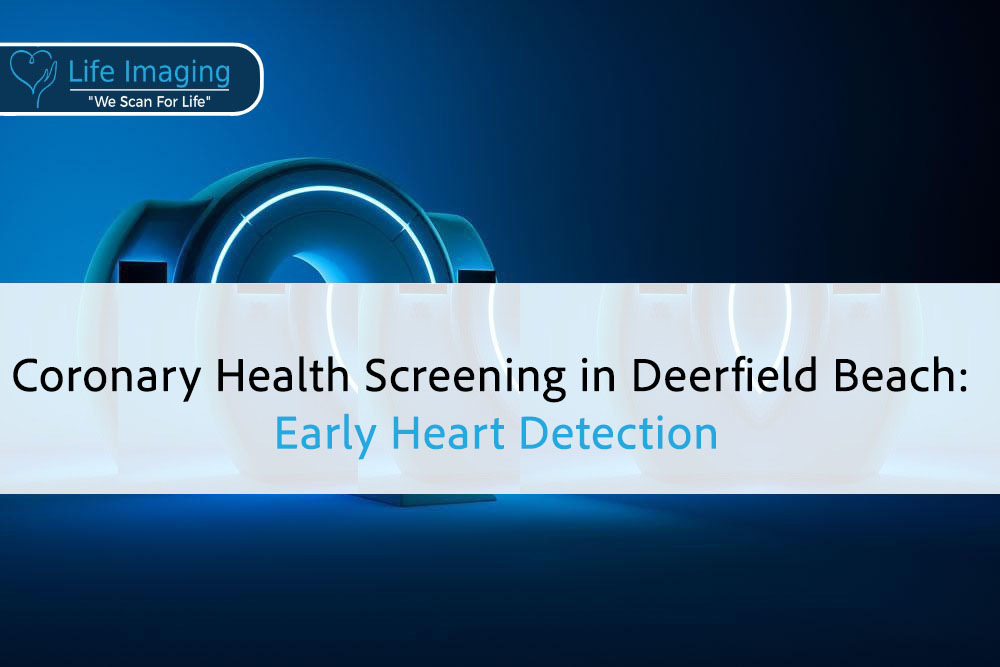
Introduction Your heart works around the clock, but changes inside
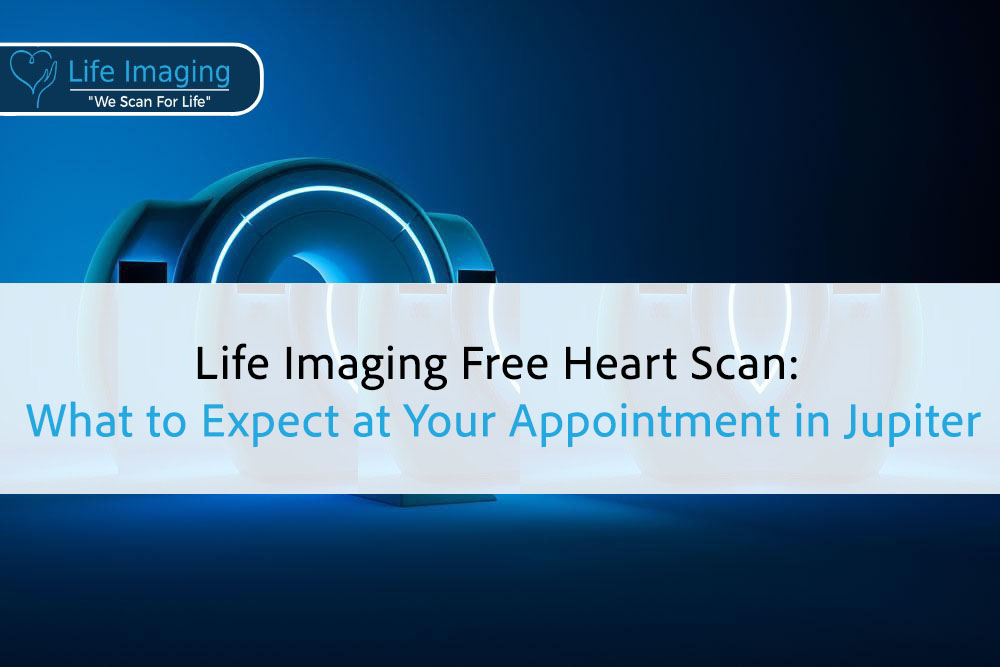
Introduction Your heart works nonstop, often without a single complaint.
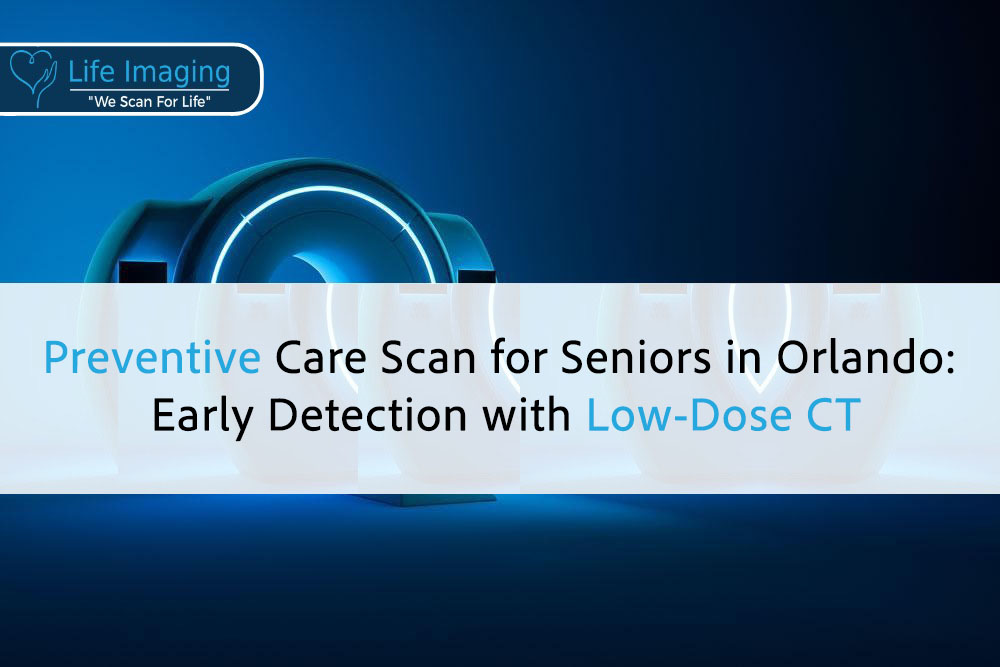
Introduction The best part of getting older is having time
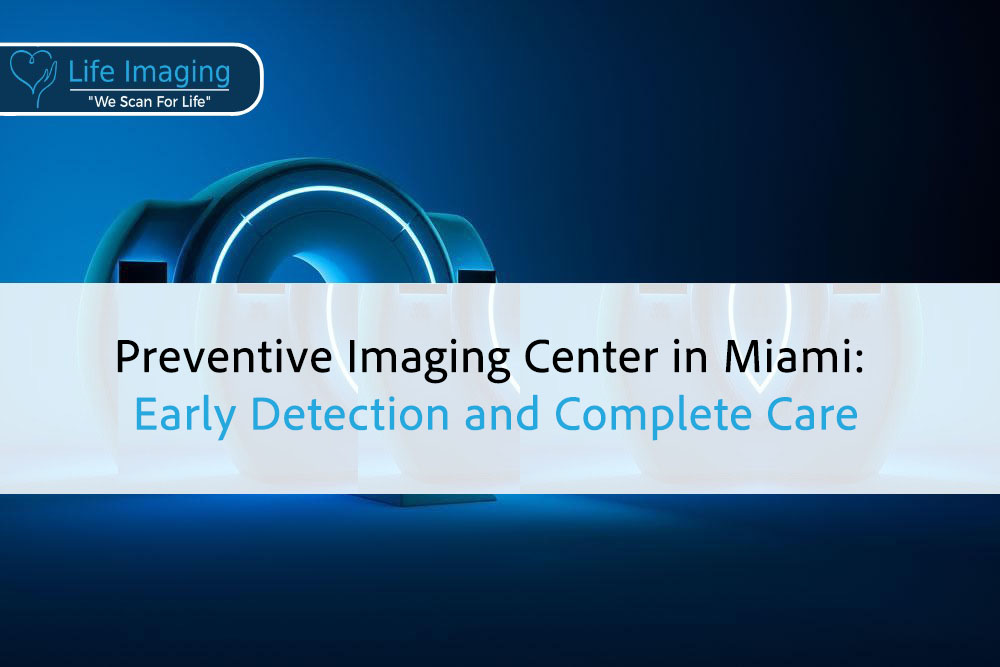
Introduction Good health isn’t just about treating problems, it’s about
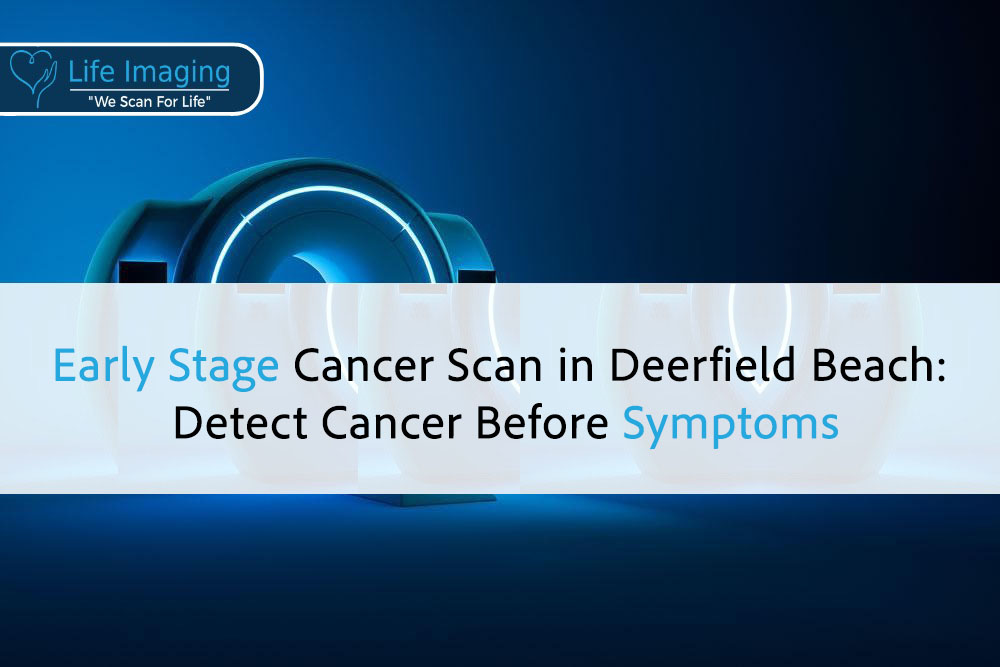
Introduction Cancer often begins quietly, long before you feel anything

* Get your free heart scan by confirming a few minimum requirements.
Our team will verify that you qualify before your scan is booked.
Copyright © 2025 Life Imaging – All Rights Reserved